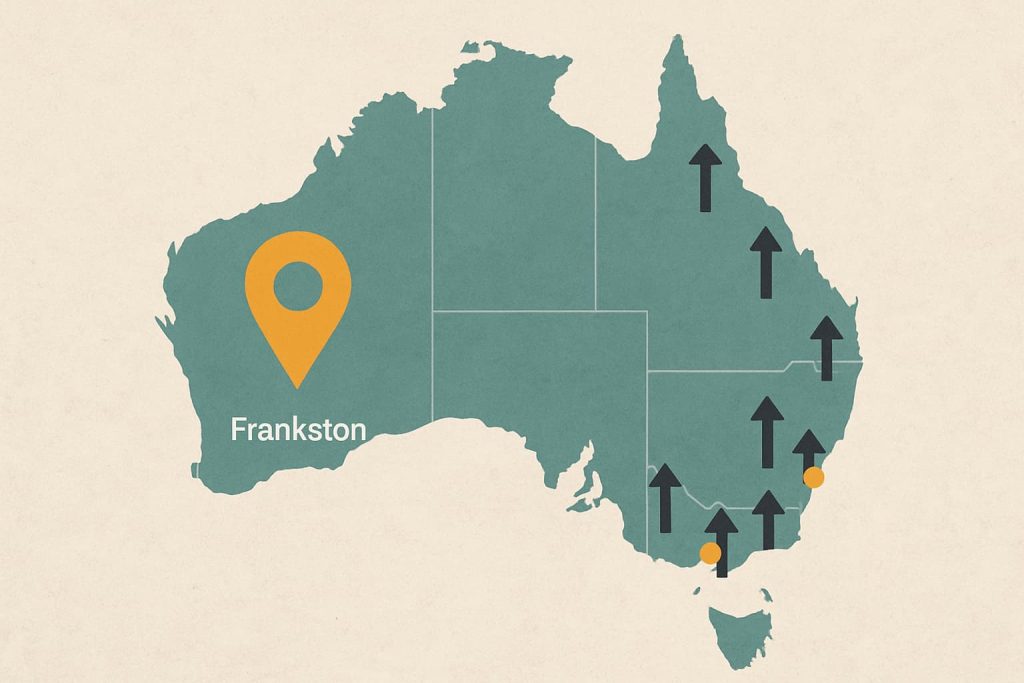What is LMI?
Prospective homebuyers will often do whatever they can to avoid paying thousands of dollars in lenders mortgage insurance (LMI), whether it be through a government assistance package or by saving more for a deposit.
LMI is taken out by the lender to protect themselves in case home loan borrowers cannot make repayments and the property is sold for less than the amount the borrower still owes the bank.
The bank passes this cost onto borrowers who have small deposits (usually less than 20 per cent) for their home loan, but it’s the bank that is covered by LMI, not the borrower.
If borrowers want to insure themselves against the risk of failing to service their loan, they need to take out mortgage protection insurance themselves.
Pros and Cons of LMI
Drawbacks
It is good to think of LMI as a double-edged sword. On the one hand, yes, it is an unfortunate large one-off fee that can be either paid at settlement or added to the loan repayments over the lifespan of the loan.
Benefits
On the other hand, however, it is the mechanism by which many people are able to secure a home, and without it, would never be able to save enough of a deposit in time. LMI makes getting a home loan easier and it makes mortgage finance available to more people because it makes lenders more willing to lend knowing they are covered despite small deposits.
Protection for the Lender
Again, it is important to remember that LMI protects the lender, not you as the borrower. If a borrower fails to make loan repayments and there is no other way out, the property is sold to cover the outstanding loan amount.
Borrower’s Responsibility
If there is a shortfall in this amount, the borrower is forced to repay that outstanding amount. The way this works is the lender will make a claim on this amount on the LMI policy and the LMI insurer will pay that amount to the lender, so they are now fully repaid. The LMI insurer will then have the right to chase after the outstanding amount from the borrower.
Factors Influencing LMI Cost
The cost of LMI depends on the loan-to-value ratio (LVR), which is the percentage of the property value borrowed, and the overall size of the loan.
If borrowers choose to refinance, the LMI premium is not transferred across, and if LMI is required on the new loan then it will again need to be paid.
Contact Us Today!
Call Perry Finance today to discuss your LVR and whether you can avoid paying LMI for your next home loan, or whether you can use it to your advantage to access mortgage finance faster.



